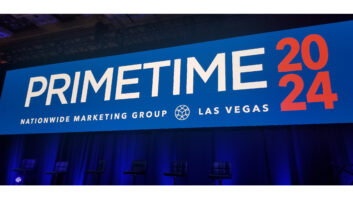Satellite-based digital radio service and terrestrial digital radio service will hold distinct positions in the consumer marketplace, panelists at a digital radio seminar said yesterday.
Lee Abrams, programming chief for XM Satellite Radio, claimed the programming diversity allowed by a 100-channel subscription service will lift the country out of the “dark ages of music programming,” allow XM to “bring musical passion back to the radio dial,” and make room again for the “station eccentricity” that was the hallmark of radio stations in the 1950s and 1960s.
Sirius Satellite senior marketing VP Ira Bahr called today’s radio “a product in major need of improvement” and said satellite radio services will allow for “mass-customized entertainment products.”
In outlining the appeal of terrestrial digital radio, USA Digital Radio senior VP Jeff Jury cited a company survey that found 70 percent of drivers listen to local AM and FM stations because of the localized content. A survey of audio and digital enthusiasts found that 21 percent of them would listen less to CD in their cars if they had a digital terrestrial radio.
Proponents of both technologies minimized the potential impact of streaming Internet audio and wireless phone-delivered music content on local and satellite radio. Bahr said it will not soon be economically feasible to deliver streaming music to wide-bandwidth 3G cellphones.
Jury pointed out that local radio has survived multiple technological challenges in the past, including fears that the rise of 8-track car stereos would lead to radio’s demise. “Radio has always survived,” he said, “because it can be local.” The same will be true of the potential impact of streaming Internet audio on local radio, he added.













